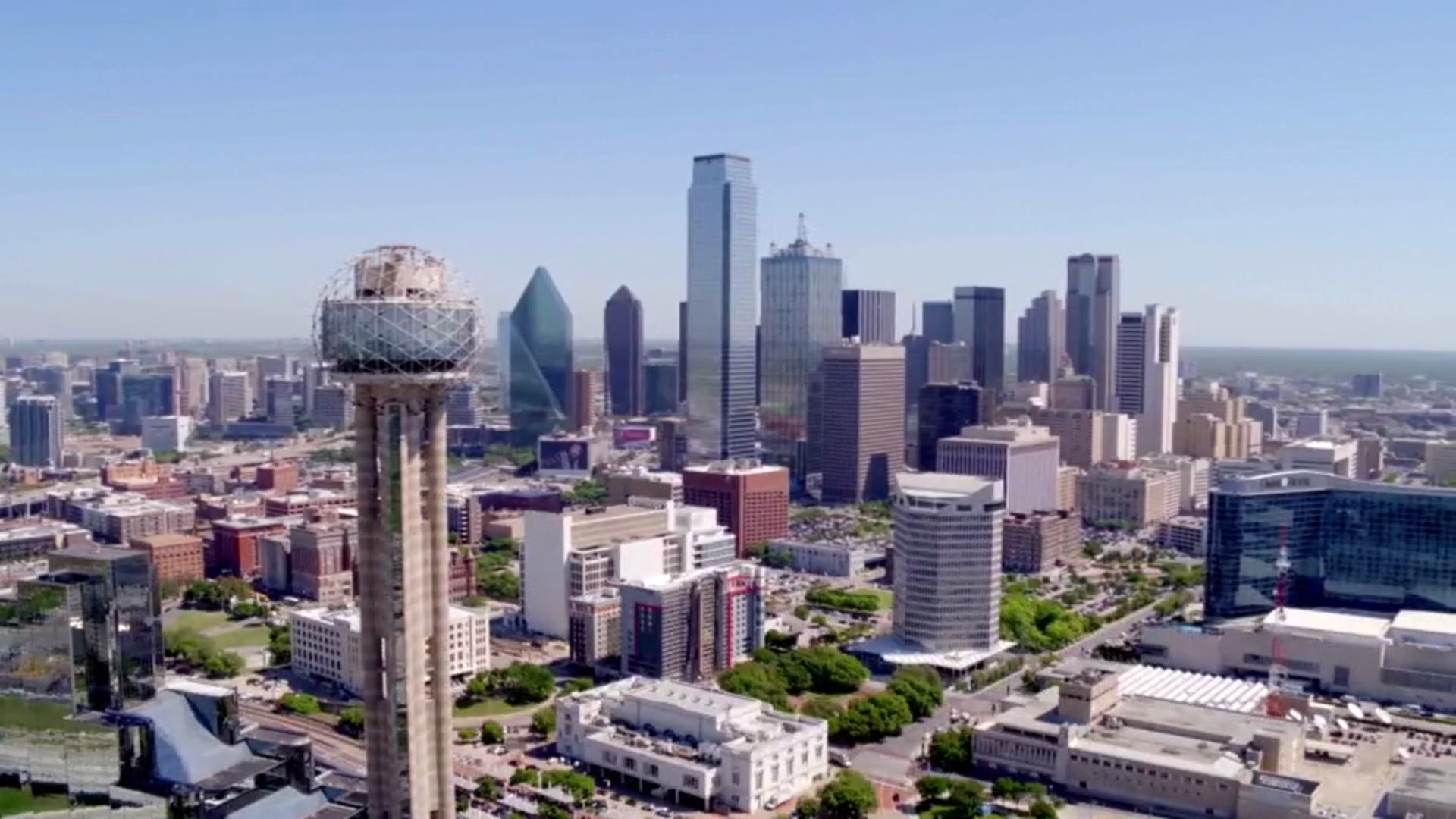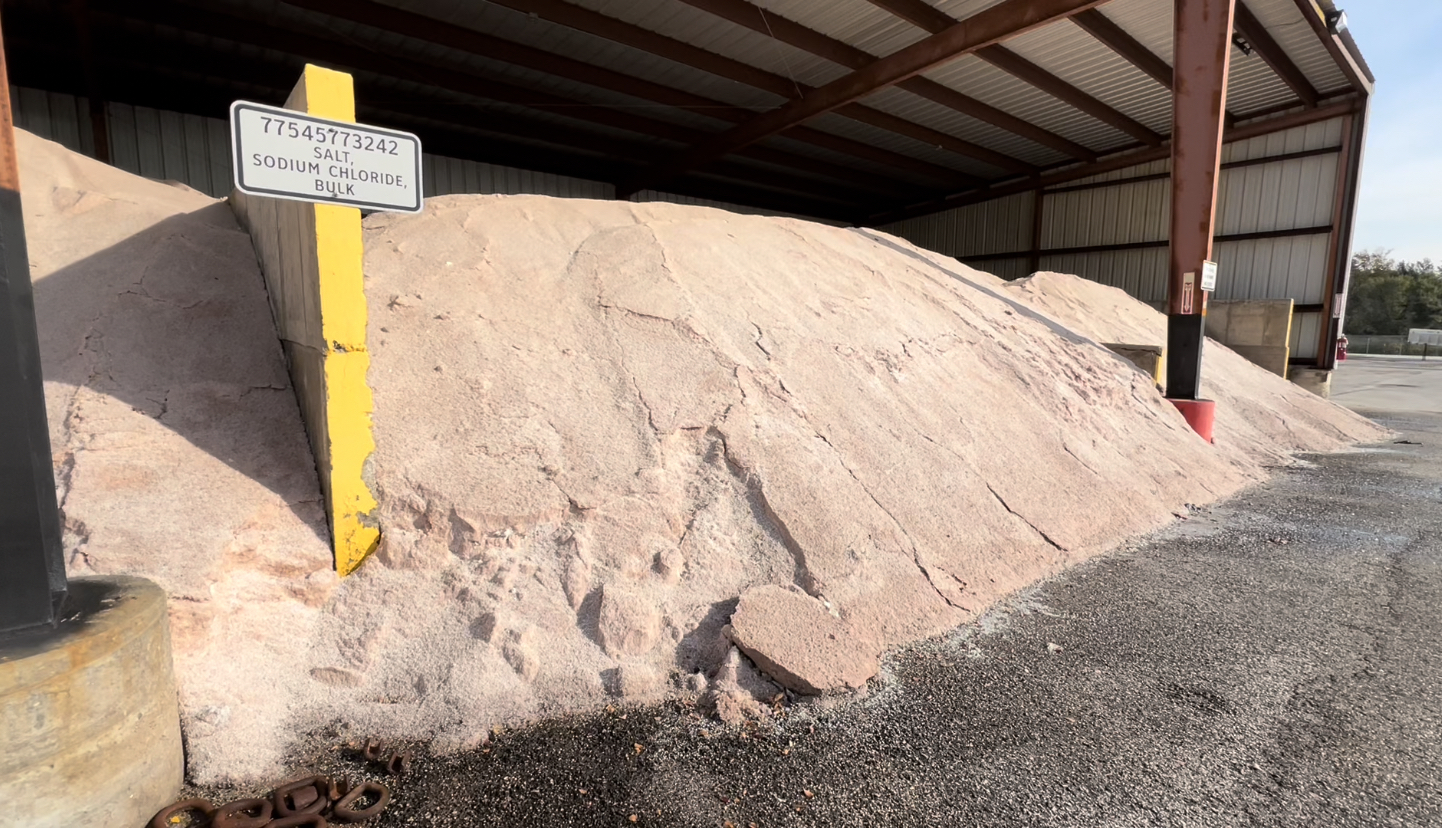The Texas Department of Transportation just broke ground on a major project in Tarrant County that will affect drivers for years to come.
The Southeast Connector Project will rebuild and widen approximately 11 miles of I-20 and I-820.
At a cost of $1.6 billion, the project will represent the largest investment in transportation infrastructure in the history of TxDOT’s Fort Worth district.
Crews will widen I-20 to 10 main lanes from I-820 to US 287, and I-820 to eight main lanes from I-20 to Spur 303 (Rosedale Street) and reconstruct the I-20, I-820, and US 287 interchanges.
Get DFW local news, weather forecasts and entertainment stories to your inbox. Sign up for NBC DFW newsletters.

TxDOT Fort Worth officials say the goal is to make merging easier, improve safety, and help traffic flow better.
“This highly anticipated project will tie in the east and southeast part of Tarrant County to the central part of the county while relieving congestion. It’s not only important for Tarrant County and Fort Worth, but also facilitates trade, increases safety, and improves efficiency for the entire Metroplex,” TxDOT officials said in a press release.
Wednesday's groundbreaking at a site near I-820 was attended by Texas Transportation Commission Chairman J. Bruce Bugg Jr., Texas Transportation Commissioner Robert Vaughn, State Rep. Nicole Collier, Tarrant County Judge B. Glen Whitley and other regional leaders.
In the afternoon, Chairman Bugg and Commissioner Vaughn headed to Dallas where they were also joined by State Senator Royce West, Mayor Eric Johnson, County Judge Clay Jenkins and others to cut the ribbon on the Southern Gateway project in southern Dallas.
The five-year, $666 million project rebuilt and widened I-35E from Colorado Blvd. to US 67 and widened US 67 from I-35E to I-20, while also constructing a non-tolled reversible managed lane section.
The projects are part of the Clear Lanes initiative, started by state lawmakers to identify and fix bottlenecks throughout the state. Much of the projects involve aging infrastructure like I-820, which was built in the 1960s. The interchanges in that area were also built up until the 90s.
However, the traffic we have now certainly isn't the same as back then.
"In the mid-60s, this was an adequate facility. But now in the 21st century with our population exploding, it’s no longer adequate to meet its needs,” said Val Lopez, spokesperson for TxDOT Fort Worth District.
Lopez said that's why projects like these are becoming more common around DFW.
"These large projects represent real progress and meeting the demands of North Texas as far as transportation, as far as commuters trying to get to where they're going. We are trying very hard to relieve congestion and we're building quite aggressively,” he said.
Over the last several years, TxDOT officials have conducted community meetings and public presentations in affected cities before bringing the Southeast Connector project to life.
They shared the results of research and studies with residents in the area, including visuals like this graph – which shows how much traffic volume is projected to grow in the next 20 years.

While there will be growing pains for the next five years during construction, TxDOT officials said traffic volumes and the population are growing so much to the point that the older infrastructure just needs to be updated in order to handle the projected increase in vehicle traffic.
Right now, crews are already moving some utilities around right now and doing some preconstruction work. Construction will really start ramping up next year and should be completed in 2027.
For more on project updates, visit www.southeastconnector.com



